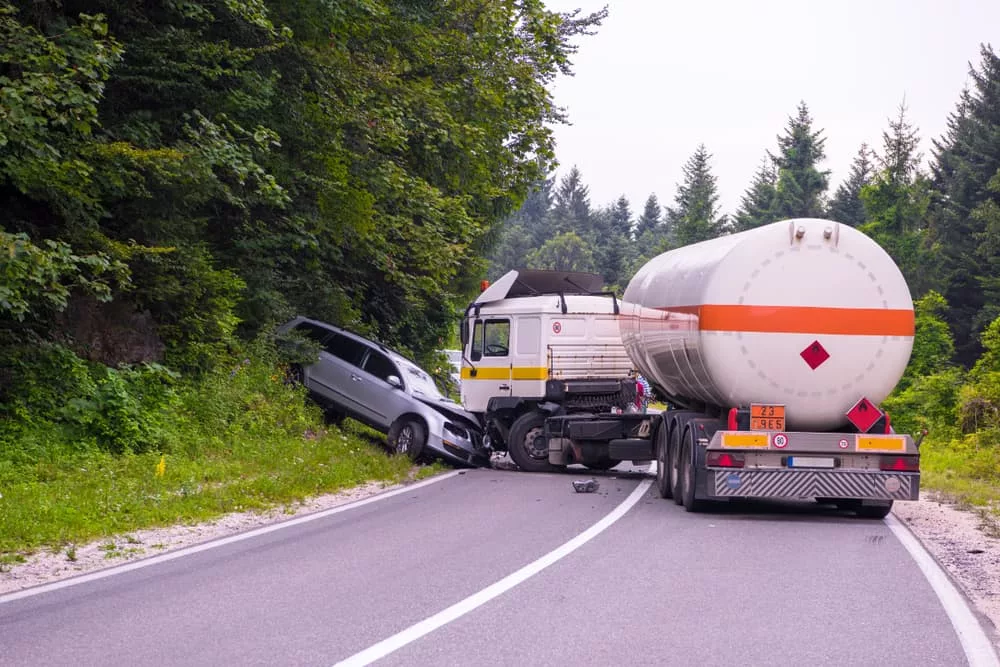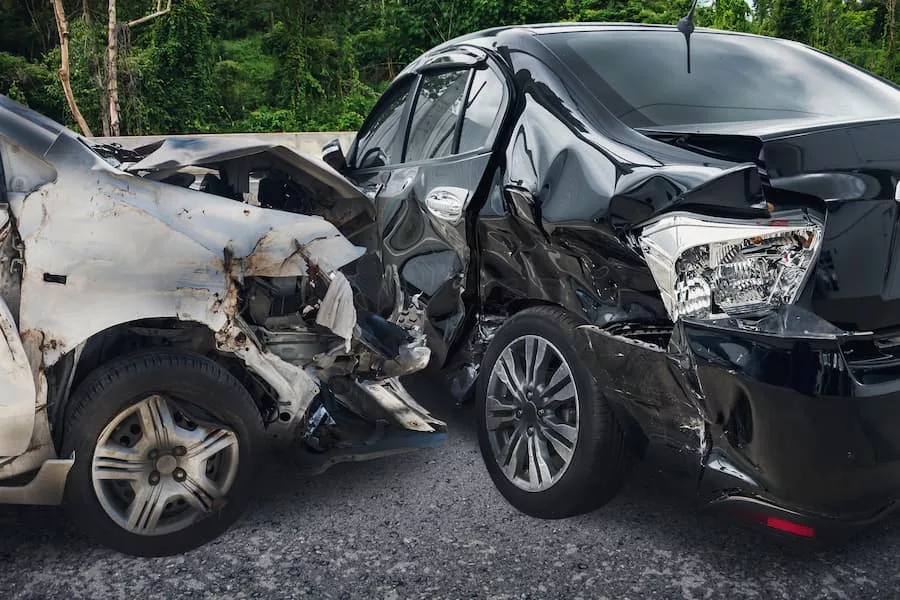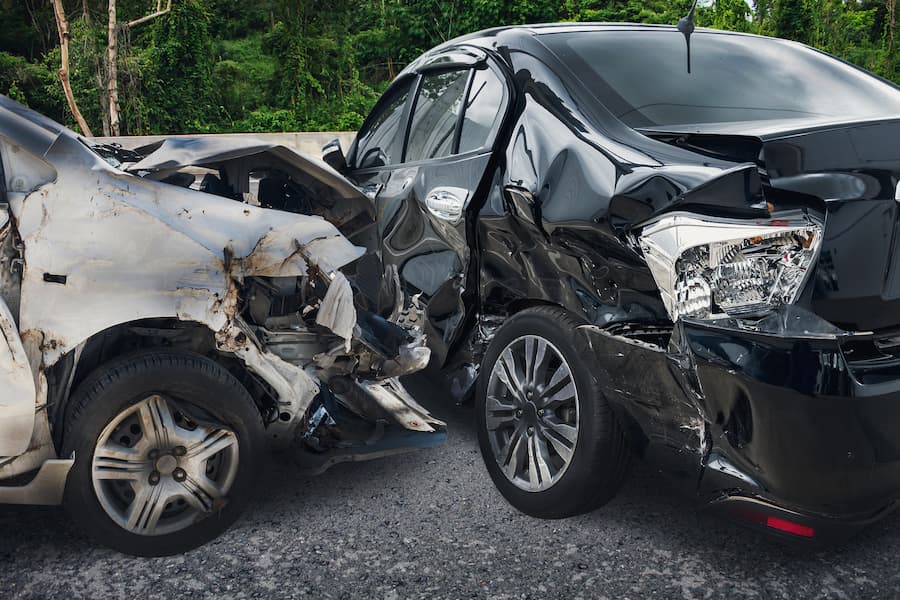Where Do Car Accidents Most Occur in Miami?
Miami is a popular place to work, live, and visit because of its beautiful weather and luxurious vibe, but it also has a dangerous side when it comes to driving. Miami is one of the most congested cities in the country, a dynamic that all too frequently contributes to serious car accidents.
The city’s heavy traffic and frequent jams contribute to a high rate of car accidents, many tragically resulting in fatalities. For pedestrians and cyclists, the situation is even worse. Miami’s vehicle-centric design and aging infrastructure make it one of the most dangerous cities in the nation for these vulnerable road users.
Despite the general misery of commuting in Miami, some areas stand out as especially dangerous. People need to drive more carefully in these places, and when they don’t, their negligence can make them liable for the accidents they cause. If a negligent driver injured you, a Miami car accident lawyer can help you recover compensation.
In this blog, we take a closer look at the places where traffic accidents occur most often in Miami, Florida.
Miami Traffic and Accident Statistics
Miami’s traffic has ranked among the worst in the nation, and you can find three of the country’s most notorious bottlenecks right here.
Let’s review some eye-opening facts and statistics from the Texas A&M Transportation Institute and the Florida Department of Highway Safety and Motor Vehicles about traffic congestion and accidents here in Miami, Florida:
- Throughout 2020, traffic congestion caused more than 112 million hours of travel delays throughout Miami. The average commuter experienced 27 total hours of delays in Miami traffic in 2020.
- The widespread traffic congestion in Miami in 2020 cost local drivers nearly $2.5 billion in wasted time and productivity. Each commuter also wasted an average of 13 gallons of fuel stuck in traffic that year, for a total of 44.2 million gallons of wasted gas due to Miami traffic delays.
- Also, in 2020, there were 51,543 traffic crashes in the Miami area alone, accounting for more than 15 percent of all accidents in the state of Florida.
- As a result of the traffic accidents to occur in the Miami area in 2020, more than 24,000 people reported crash injuries, and 314 people died. The numbers of reported crashes, collision injuries, and fatalities in the Miami area were the highest out of any other county in Florida that year.
- Of all the crashes in the Miami area in 2020, there were 191 alcohol-related crashes, 13 drug-related crashes, and 14 drug and alcohol-related crashes. Collectively, these three types of accidents caused 50 traffic fatalities that year.
- Also, in the Miami area that year, there were 904 motorcycle crashes resulting in 52 fatalities, 757 bicycle accidents resulting in 15 deaths, and 1,221 pedestrian accidents resulting in 84 fatalities.
- Thanks to the steady stream of commercial traffic in Miami, there were a staggering 6,291 accidents involving commercial motor vehicles (CMVs) in the Miami area during 2020, more than in any other county by far.
Most Dangerous Roads and Highways in Miami
If you’re commuting through Miami or visiting from out of town, you should know about these dangerous local roads and highways so you can plan your route accordingly:
Interstate 95
Interstate 95 is one of Miami’s most dangerous and deadly roads. This highway, the main north-south route along America’s east coast, stretches from Miami to Maine and is notorious for heavy traffic. Commuters use this road heavily during peak hours, often side-by-side with large commercial vehicles, which cause slow-moving traffic and increase the risk of accidents.
Frequent chaos in the right-hand express lanes prompts many drivers to illegally cut across delineators during gridlock traffic, making matters worse. I-95’s numerous exits and entrances confuse many drivers, especially visitors, leading to more accidents. The deadliest part of the highway is reportedly a 3.85-mile stretch between Little River and the Golden Glades Interchange, which saw 27 fatalities in one recent year (7.01 deaths per mile).
U.S. Route 441
U.S. Route 441, or State Road 7 in the Miami metro area, is a 939-mile-long road that starts at the southern tip of Florida and stretches northwest toward Georgia and Tennessee. Here in Miami, 441 is a major road that often overflows with heavy commercial traffic, including large trucks and buses, which cause congestion and make it difficult for local drivers to navigate.
This road also passes through several residential areas in Miami, creating conflicts between local commuters and commercial traffic and increasing congestion. Drivers on 441 are especially susceptible to intersection accidents due to the highway’s many traffic lights and intersections with other local roads and neighborhoods.
U.S. Route 1
U.S. Route 1 is another one of the most dangerous roads in Miami, which is particularly concerning given that it runs through many residential areas and often gets used as a residential road. Locally, U.S. 1 changes names from the Dixie Highway to the South Dixie Highway as it runs south through Miami before becoming Biscayne Boulevard past the southern terminus of I-95. Intense traffic congestion throughout all local portions of this highway increases the risk of accidents for all road users.
Additionally, because U.S. 1 runs through both urban and rural areas, drivers frequently deal with poor road design regarding lane width and capacity. Many stretches of U.S. 1 in Miami have been in use for decades, with no meaningful updates or modernization efforts, meaning seriously outdated infrastructure and a higher risk of accidents.
Florida’s Turnpike
As a standard alternate route in and out of Miami, the Turnpike constantly experiences heavy traffic, particularly during rush hour. This congestion leads to poor visibility and more stress for drivers, increasing the risk of accidents. The popularity of the Turnpike as a less stressful alternative to other routes, such as I-95, has ironically made its congestion worse in recent years.
Another issue that makes Florida’s Turnpike dangerous is its infrastructure. Florida built the Turnpike as a beltway for Miami and a highway to the Everglades and the Keys. Unfortunately, this design has become increasingly inadequate as Miami has grown and local traffic has increased. Many road areas do not meet current safety standards due to dangerously narrow lanes or poor signage.
State Road 112 (Airport Expressway)
State Road 112, or the Airport Expressway, runs from the Miami International Airport to Miami Beach, providing a direct route between two prominent local tourist destinations. The Expressway becomes increasingly congested by the year, and its proximity to the airport means increased safety concerns due to large commercial vehicles and other airport-related traffic.
Traffic congestion on the Airport Expressway is terrible during peak travel times, such as major holidays and events. When droves of local commuters and seasonal visitors are all heading to or from the airport on S.R. 112, drivers are more likely to crash due to decreased visibility and increased frustration.
State Road 826 (Palmetto Expressway)
Hundreds of thousands of vehicles travel across the Palmetto Expressway (S.R. 826) in Miami every day, making it one of the busiest routes in Florida. The Expressway’s high traffic volume means tense traffic encounters, aggressive driving behaviors, and a greater risk of accidents. Peak travel is particularly problematic because of bumper-to-bumper traffic that often slows to a crawl.
The Palmetto Expressway runs through several densely-populated spots in Miami, including Hialeah and Miami Lakes, providing local commuters easy access to these areas. However, the Expressway is also notorious for its high-speed design, which often creates dangerous situations for inattentive and non-local drivers in these busy locations.
Top Causes of Miami Car Accidents
No two car accidents are the same, but many Miami traffic wrecks occur because of the same handful of common causes.
Top causes of Miami car accidents include:
- Distracted driving. Distracted driving occurs when a driver engages in any activity that takes their attention, eyes, or hands away from the road, such as texting, eating, or adjusting the stereo. Distracted driving is one of Miami’s leading causes of car accidents and often results in serious accidents, especially when drivers become inattentive in heavy traffic.
- Driving under the influence. Driving under the influence of drugs or alcohol is illegal because these substances impair critical driving skills like safe judgment, quick reaction time, and fine motor skills. Intoxicated drivers are more likely to speed, drive erratically, and respond to other drivers aggressively, putting themselves and everyone else on the road at risk.
- Driver fatigue. Driver fatigue is another major factor in car accidents in Miami, particularly for commercial drivers. Drivers dealing with fatigue on the job are more likely to make mistakes or even fall asleep at the wheel, which can lead to severe collisions. For example, a truck driver suffering from dangerous fatigue could easily doze off and veer into another motorist.
- Driving too fast for conditions. Speeding and driving too fast for conditions are also common causes of car accidents in Miami. Speeding reduces a driver’s reaction time and makes it harder to maintain control of their vehicle, especially in bad weather or heavy traffic. Drivers who go too fast for road conditions are more likely to lose control and collide with other vehicles.
- Following too closely for conditions. Tailgating or following too closely for conditions also causes far too many car accidents in Miami. Tailgating increases the risk of rear end collisions, especially in dense traffic. Drivers who follow other vehicles too closely often cannot stop in time when vehicles in front of them brake unexpectedly, which commonly results in rear end collisions.
- Failure to check blind spots. All vehicles have blind spots, areas around the vehicle that are out of the driver’s line of sight when they are in the driver’s seat. Drivers who fail to check their blind spots before changing lanes, merging, or turning often cause collisions when they fail to notice other vehicles.
- Failure to yield the right of way. Florida drivers must yield the right of way to other vehicles, pedestrians, and cyclists in certain circumstances. Failure to do so is not only illegal, but it also increases the risk of accidents. Miami drivers who fail to yield the right of way cause many intersection and merging accidents.
- Driver error. Driver error is a significant factor in many car accidents, especially those involving newer or older drivers with health conditions that affect their driving ability. Drivers who are older, inexperienced, or simply confused are more likely to cause accidents when they forget to signal before changing lanes, fail to yield the right of way, or drive the wrong way down a one-way street.
How To Stay Safe While Driving in Miami
Clearly, it’s essential to keep safety in mind at all times while driving through any part of Miami.

Here are a few tips to keep you safe behind the wheel:
- Familiarize yourself with the area. Many of Miami’s roads are busy and confusing, especially if you’re unfamiliar with the area. If you’re a local, get to know the city by driving around or checking out a map. If you’re a visitor, be sure you have a map or GPS device and allow plenty of extra time for trips.
- Always obey local traffic laws. This includes always wearing a seatbelt while driving, ensuring your passengers all buckle up, following local speed limits, using your turn signals, and stopping at all red lights and stop signs. Never drink and drive.
- Drive defensively at all times. Driving defensively means being aware of other drivers at all times, anticipating what they might do, and adjusting your driving behavior accordingly. For starters, be sure to leave plenty of space between your car and the one in front of you and avoid driving distractions.
- Stay cool in the Florida heat. Miami is extremely hot, especially in the dead of summer. Keep yourself cool, comfortable, and safe by making sure your air conditioning is working properly and storing plenty of water in your car. If you ever feel drowsy or dizzy at the wheel, pull over to a safe spot and rest.
- Keep your car in good shape. Regular vehicle maintenance, such as checking your brakes, tires, and oil, will go a long way toward keeping you safe on the road. Always make sure your car is in good condition before hitting the road, especially when driving in the Miami heat.
After a Miami car accident, you will first need to turn to your PIP insurance, regardless of fault. But when other drivers fail to live up to their obligations and drive safely, you can hold them liable for the accident if your losses exceed your PIP coverage. Call a Miami personal injury lawyer today to recover the compensation you deserve, whether from your no-fault policy or the at-fault party.
Related articles
Related articles Related articles Related articles Related articles Related articles Related articles Related articles Related articles Related articles Related articles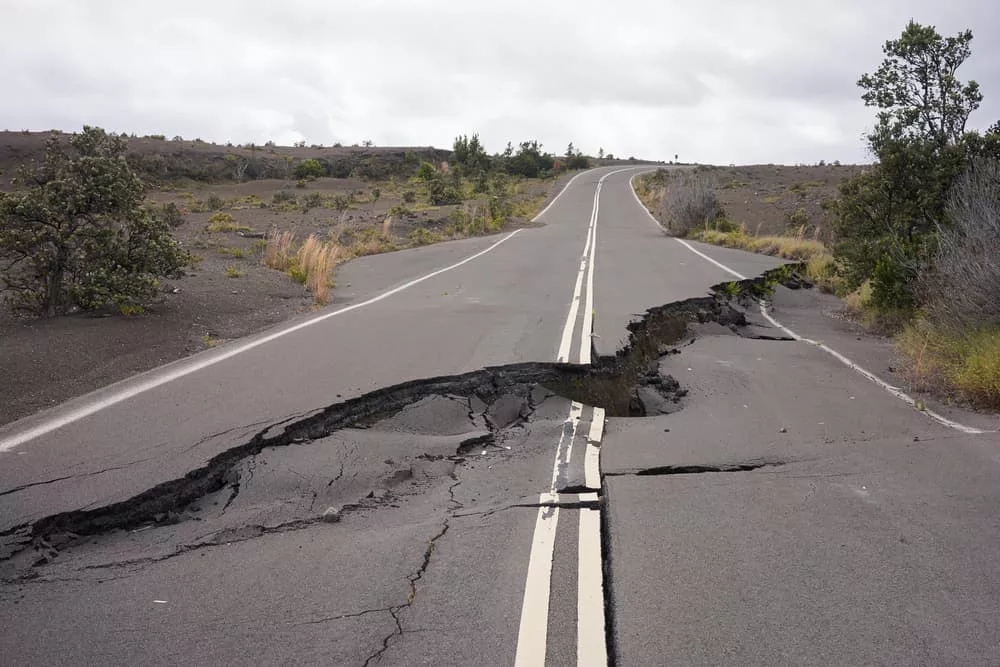
Car Accident
18 Jan 2024
Who Is Liable if a Road Hazard Causes a Car Accident?
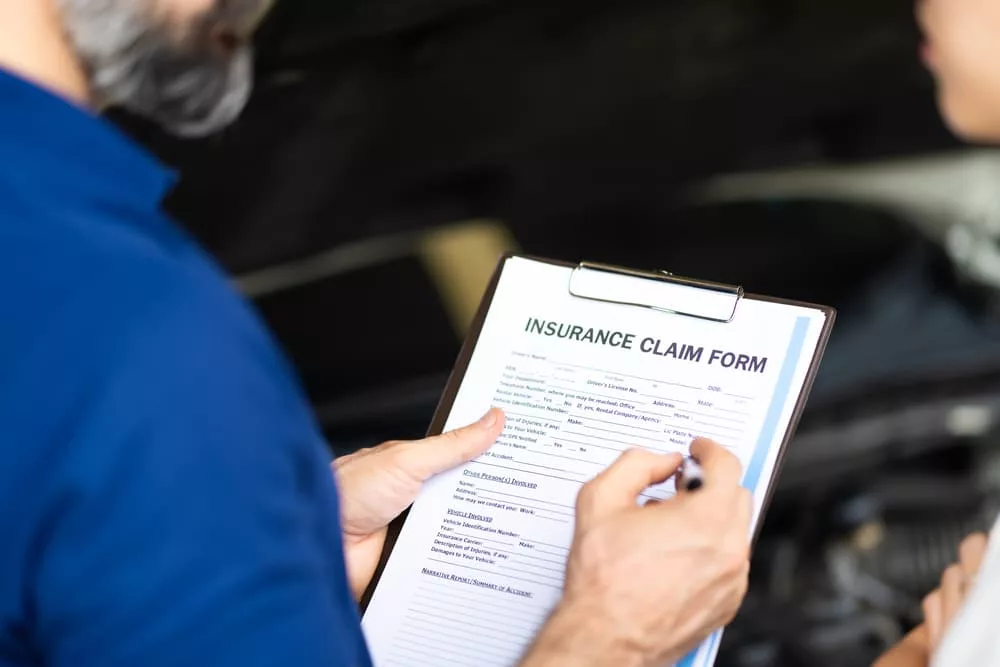
Car Accident
16 Jan 2024
How to File a Car Accident Claim as a Passenger


